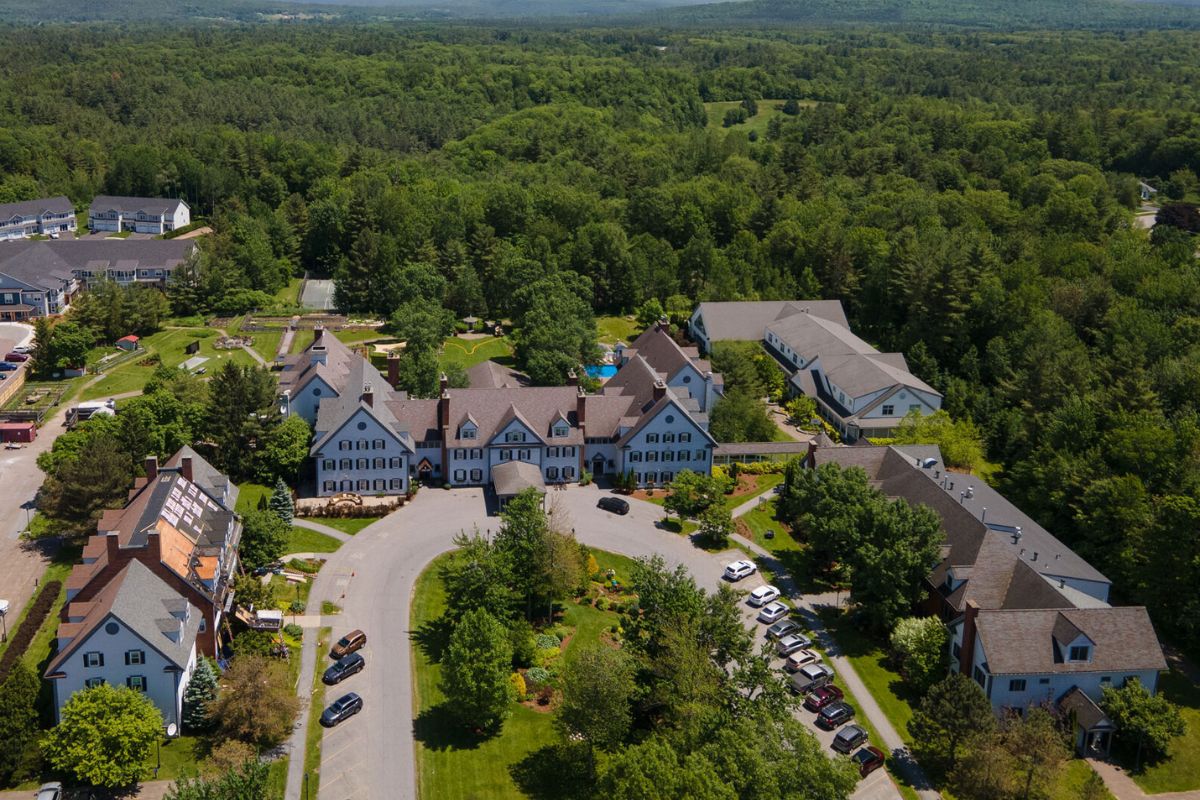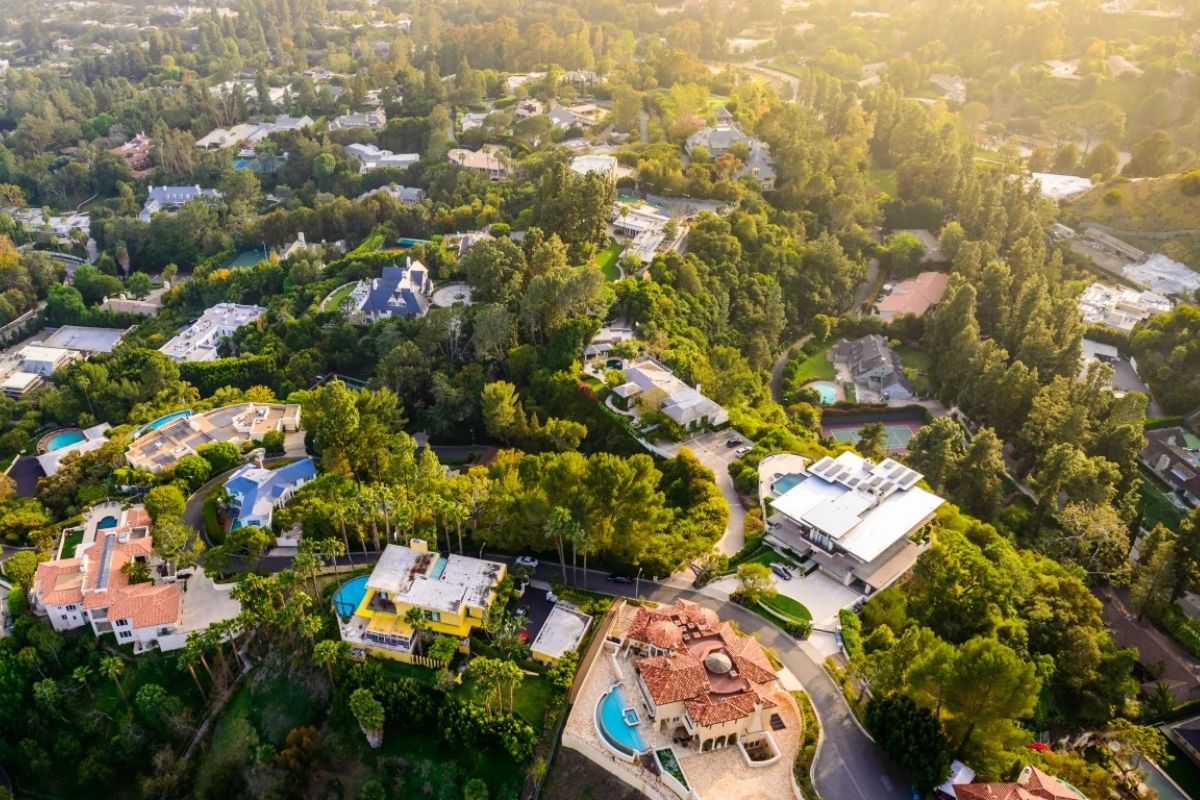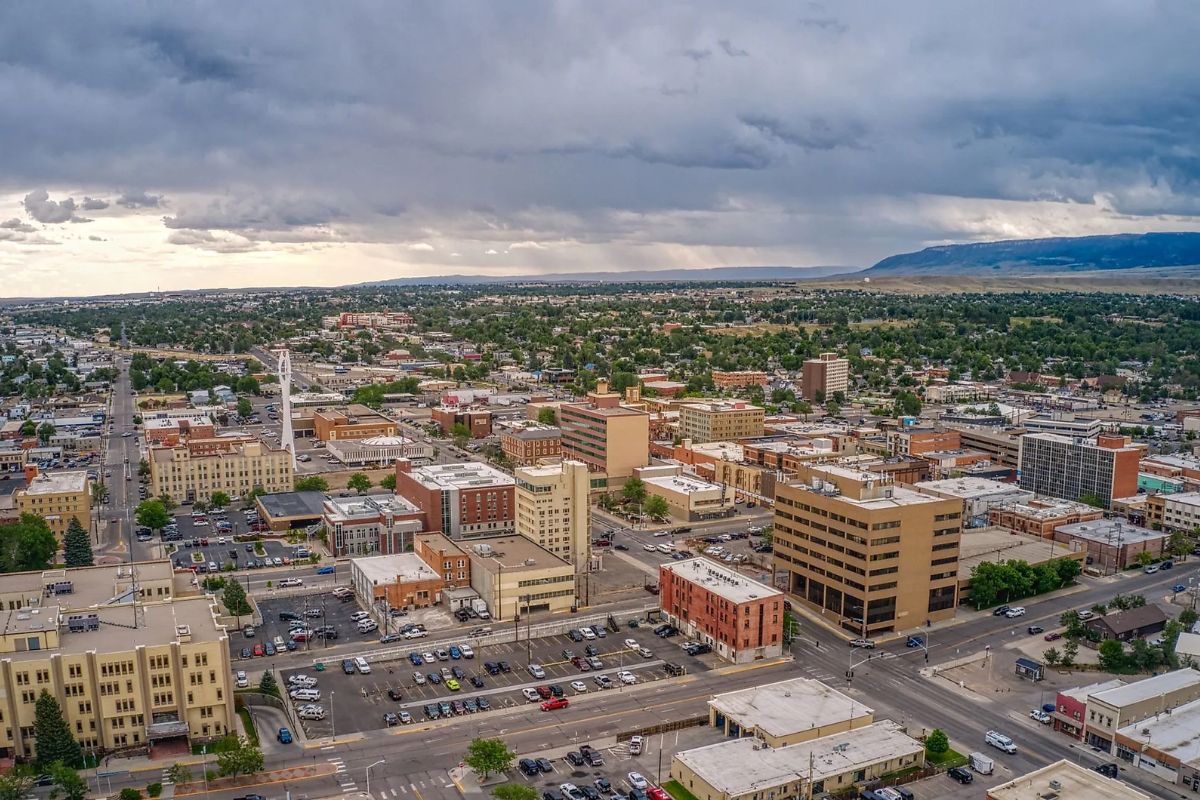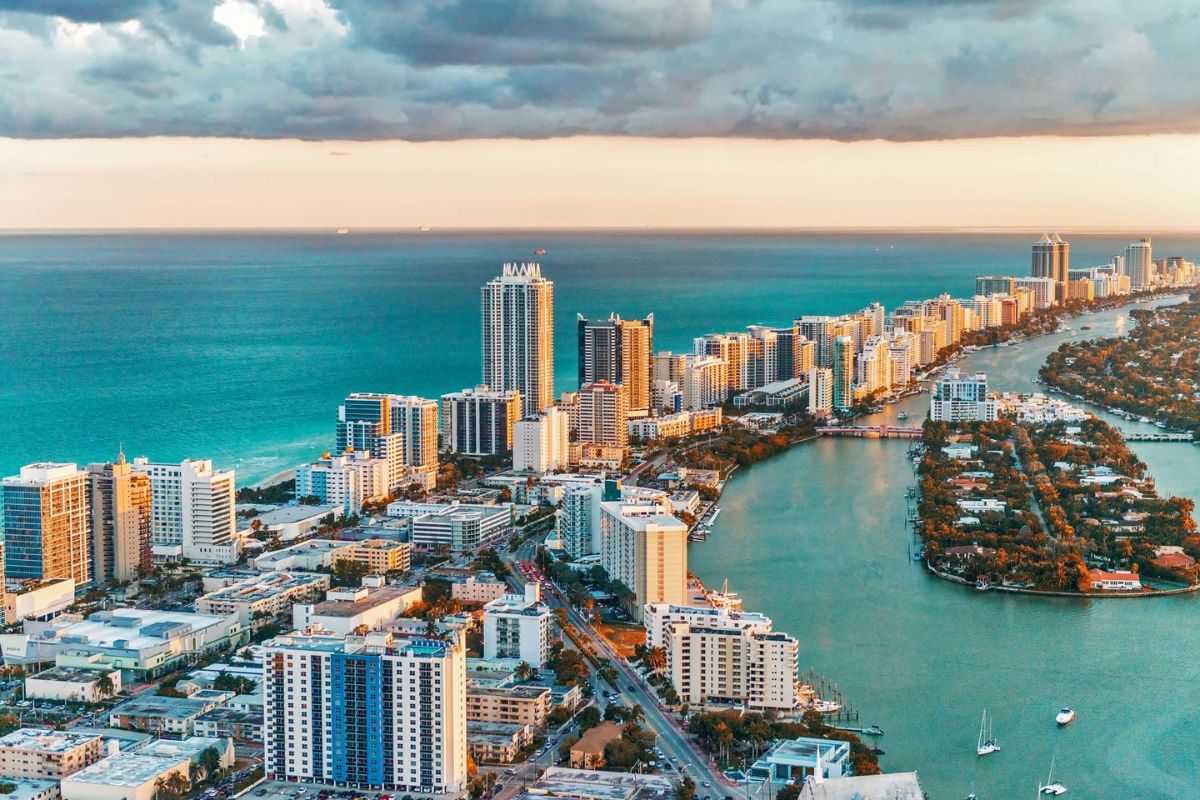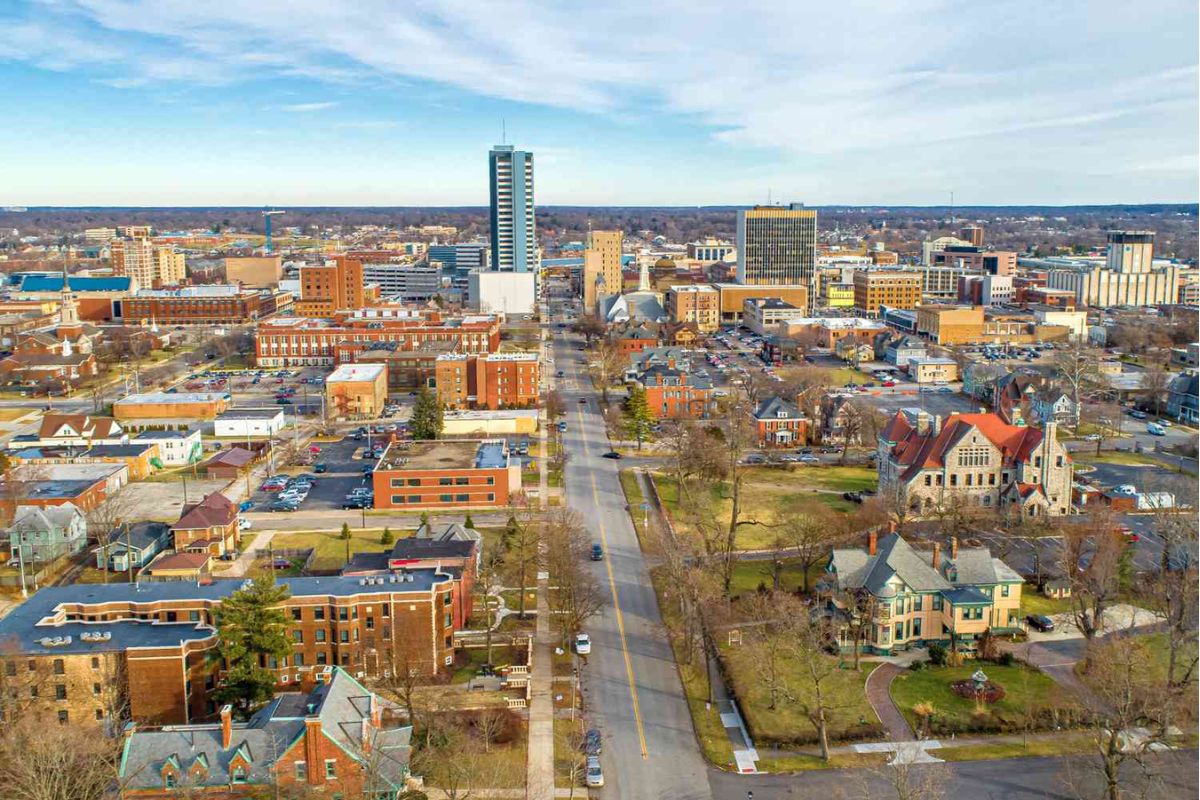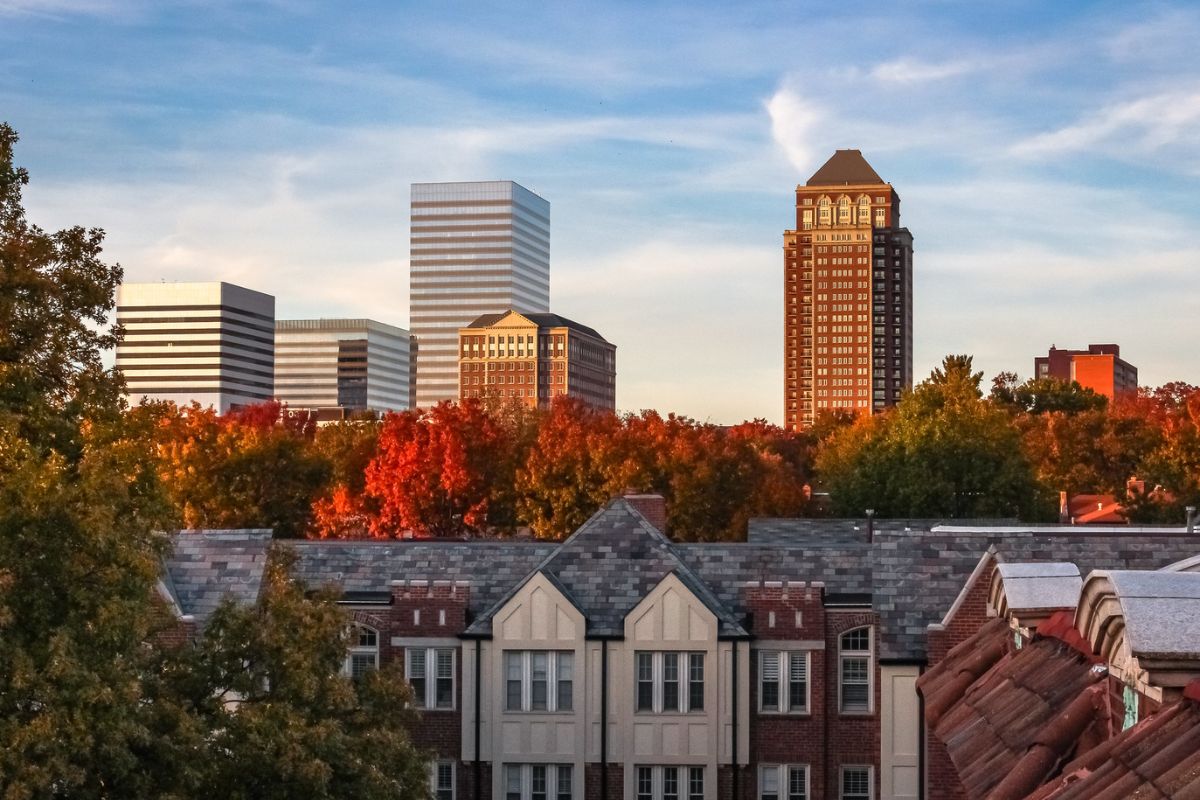Pennsylvania is a state known for its rich history, vibrant culture, and diverse range of industries. Within its borders, several cities stand out for their impressive wealth and economic prosperity. From bustling urban centers to serene suburban communities, each of these cities offers unique qualities that contribute to their affluence.
In this article, we will delve into the top 8 richest cities in Pennsylvania, highlighting their median incomes, economic opportunities, outdoor recreation options, and local attractions.
Top 8 Richest cities in Pennsylvania
- Philadelphia
- Pittsburgh
- Harrisburg
- Allentown
- Reading
- Bethlehem
- Lancaster
- Scranton
Philadelphia

- Population: 1.6 million
- Median Income: $49,680
- Unemployment Rate: 8.2%
- Poverty Rate: 23.3%
As the largest city in Pennsylvania, Philadelphia boasts a diverse economy with a strong emphasis on industries such as technology, finance, tourism, and healthcare. Renowned educational institutions like the University of Pennsylvania and Temple University contribute to the city's intellectual capital. Philadelphia is also home to a burgeoning startup scene and numerous Fortune 500 companies.
Beyond its economic prowess, Philadelphia is a cultural hub, famous for its historical landmarks like Independence Hall and the Liberty Bell. The city's vibrant arts scene, highlighted by the Philadelphia Museum of Art and the Avenue of the Arts, attracts visitors and residents alike. With an abundance of parks and outdoor spaces, including Fairmount Park and the Schuylkill River Trail, outdoor enthusiasts can enjoy recreational activities amidst the urban landscape.
Pittsburgh
- Population: 300,286
- Median Income: $47,380
- Unemployment Rate: 6.1%
- Poverty Rate: 18.1%
Known as the "Steel City," Pittsburgh has transformed itself into a thriving center for technology, healthcare, and education. With institutions like Carnegie Mellon University and the University of Pittsburgh, the city attracts top talent and fosters innovation. Technology giants like Google, Uber, and Facebook have established offices in Pittsburgh, contributing to its economic growth.
Pittsburgh's rich cultural heritage is showcased through its numerous museums, including the Carnegie Museum of Art and the Andy Warhol Museum. The city's picturesque parks, such as Schenley Park and Point State Park, offer outdoor recreation opportunities. Additionally, Pittsburgh's revitalized waterfront area, known as the Three Rivers Heritage Trail, provides scenic views and a vibrant atmosphere for residents and visitors.
Harrisburg
- Population: 49,229
- Median Income: $32,685
- Unemployment Rate: 7.4%
- Poverty Rate: 30.3%
As the capital city of Pennsylvania, Harrisburg serves as the political and administrative center of the state. The city's economy is diverse, encompassing industries such as government, healthcare, and education. The presence of the Pennsylvania State Capitol Complex and several state agencies contributes to the city's economic stability.
Harrisburg's picturesque riverfront, along the Susquehanna River, is a prominent attraction. City Island, located in the middle of the river, offers recreational activities, including mini-golf, a baseball stadium, and a riverboat cruise. The Whitaker Center for Science and the Arts provides educational and entertainment opportunities for residents and visitors alike. The city's rich history is also showcased through landmarks like the State Museum of Pennsylvania and the National Civil War Museum.
Allentown
- Population: 121,442
- Median Income: $43,220
- Unemployment Rate: 7.2%
- Poverty Rate: 25.4%
Located in the Lehigh Valley, Allentown has a rich industrial heritage, with a focus on manufacturing and production. The city's economic landscape has diversified over the years, incorporating industries such as healthcare, finance, and technology. The presence of major companies like PPL Corporation and Air Products contributes to Allentown's economic stability.
Allentown offers a vibrant arts and entertainment scene. The PPL Center hosts concerts and sporting events, attracting visitors from near and far. The Allentown Art Museum showcases a diverse collection of artwork, while the Da Vinci Science Center provides interactive exhibits for all ages. Outdoor enthusiasts can explore the nearby Lehigh Parkway or enjoy recreational activities at Lake Nockamixon State Park, located just a short drive away.
Reading

- Population: 88,423
- Median Income: $27,206
- Unemployment Rate: 10.2%
- Poverty Rate: 39.1%
Reading, once a prominent industrial center, has faced economic challenges in recent years. However, the city's rich history and cultural heritage continue to shine through. Reading's diverse economy encompasses industries such as healthcare, education, and retail.
The city boasts several historical landmarks, including the Reading Public Museum and the Pagoda, which offers panoramic views of the city. Cultural events, such as the Berks Jazz Fest and the Reading Symphony Orchestra, add vibrancy to the community. Outdoor enthusiasts can explore the natural beauty of nearby Blue Marsh Lake, which offers opportunities for boating, fishing, and hiking.
Bethlehem
- Population: 75,707
- Median Income: $56,718
- Unemployment Rate: 4.40%
- Poverty Rate: 19.27%
Bethlehem, known for its rich history and charming architecture, has a thriving economy driven by industries such as education, healthcare, and tourism. The city is home to renowned educational institutions like Lehigh University and Moravian College, attracting students from around the world.
Bethlehem's historic district, known as the Moravian Historic District, features beautifully preserved buildings and landmarks. Outdoor enthusiasts can explore the nearby South Mountain Preserve or enjoy recreational activities along the Lehigh River.
Lancaster
- Population: 59,708
- Median Income: $43,712
- Unemployment Rate: 3.6%
- Poverty Rate: 8.8%
Lancaster, often referred to as the "Red Rose City," is steeped in history and known for its vibrant arts scene and Amish culture. The city's economy encompasses industries such as healthcare, technology, and agriculture. Lancaster General Hospital and Franklin & Marshall College contribute to the city's economic vitality.
The Central Market, the country's oldest continuously operating farmers' market, is a popular attraction, offering fresh produce, local crafts, and delicious food. The Fulton Theatre showcases a variety of live performances throughout the year. Nearby attractions, such as the Amish Farm and House and the Strasburg Rail Road, provide insights into Pennsylvania Dutch heritage and offer unique experiences for visitors.
Scranton

- Population: 76,653
- Median Income: $40,051
- Unemployment Rate: 4.6%
- Poverty Rate: 16.0%
Scranton, known as the "Electric City," has a rich industrial history, particularly in coal mining and manufacturing. The city has diversified its economy over the years, with a focus on industries such as healthcare, education, and finance. Major employers include Geisinger Health System and the University of Scranton.
Scranton's industrial heritage is celebrated through attractions like the Steamtown National Historic Site, which showcases vintage steam locomotives and offers train rides. Nay Aug Park, a sprawling urban park, features hiking trails, waterfalls, and a treehouse for visitors to enjoy. The city's downtown area, centered around Lackawanna Avenue, offers a vibrant mix of shops, restaurants, and entertainment venues.
